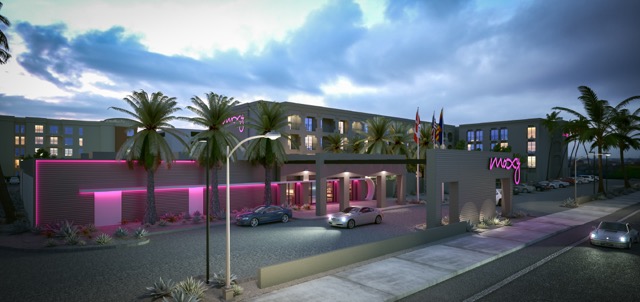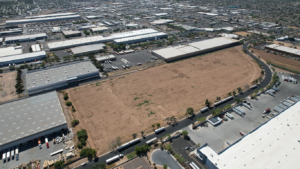With an impressive collection of new construction, renovations and modernization, Arizona’s hospitality industry has undergone more makeovers in the last year than the “Real Housewives of Beverly Hills.”
Older hospitality assets experience major facelifts and overhauls to keep up with the changing standards of Arizona’s hospitality industry, which contributes $12.8 billion annually to Arizona’s Gross Domestic Product. Meanwhile, trendy boutique hotels continue to pop-up across the Valley attracting guests with chic modern designs and technology.
Overall, Robert Rauch, founder and chief executive officer at RAR Hospitality as well as an internationally recognized hotelier who manages several hotels in the Valley, describes Arizona’s hospitality industry as rock solid with four consecutive years of growth.
While Rauch predicts the industry is headed for a great 2017, he notes all the renovations occurring across the state seem to have a nod to the Millennials, which now make up the largest generation in the United States.
Reflecting back on his 40-plus years of hospitality management experience, Rauch says, “20 years ago, big lobbies with fancy restaurants were a thing. 10 years ago it was light, bright and airy. Now it is social, social and more social.”
Today’s travelers are less drawn to posh, super-luxury, all granite and marble lobbies of iconic hospitality properties from 20-years ago that had no economic return.
“Today, look at the trendy hotels,” says Rauch. “They are classy but very contemporary, very socially inviting, not begging for you to say, ‘I wonder if I should sit on that super plush couch.’”
He described the former Ritz-Carlton at 24th Street and Camelback Road as the quintessential stuffy hotel and restaurant that was transformed into the Camby, which appeals to a fun-loving youthful crowd.
Instead, the new design trends that Rauch sees gaining the most momentum include removing standard check-in desks, creating more social public spaces and more minimalist designs.
“This will get people out of their rooms and into social spaces, spending both time and money at lobby bars and cafes,” he explains.
The idea is to create on-site amenities for visitors to enjoy along with more socially engaging common spaces for guests to connect through their shared interests.
This may translate into a lively rooftop pool and bar, state-of-the-art fitness centers and conference rooms or hotel elevators equipped with a photo booth to take selfies like at the new Moxy Hotel in Tempe, which opened last April.
Designed to be inclusive, connected and progressive, the 186-room boutique hotel boasts a fast Wi-Fi network and being the first Marriott brand hotel to use Bluetooth radio frequency identification (RFID) for keyless room entry.
“Technology is the big difference today,” says Rauch. “Without renovation, you are left behind.”
Embassy Suites by Hilton reports, currently 45 percent of all its properties are undergoing renovations aimed at modernization and by 2019, more than 75 percent of Embassy Suites by Hilton properties will have an interior that is less than six years old.
That includes the yearlong, top-to-bottom $25 million transformation of the former Chaparral Suites in Scottsdale into the Embassy Suites by Hilton Scottsdale Resort, which held its grand opening in October.
Managed by Crescent Hotels & Resorts, the property’s renovations consisted of upgrades to the entire 15-acre property, all 312 suites plus the 11,000-square-foot conference center, 60,000 square feet of flexible meeting space and all common areas.
“We’ve replaced every stick of furniture, updated every room, and refreshed every surface from the lobby to the landscaping to the terra-cotta roofing,” says Alan Klein, general manager of the Embassy Suites by Hilton Scottsdale Resort.
Today’s savvy travelers now prefer guest rooms that have multi-function “zones” with flexible design layouts.
By removing permanently built fixtures like the old room’s designated desk or wet bar and installing easily moveable furniture, guests can adapt the suite to the best way that suits them, explains Klein.
He is very excited about 2017 adding, “We have already seen a very nice increase in the number of bookings coming into the resort.”
Looking at 2017 and beyond, Rauch predicts four-percent rate growth and two-percent occupancy growth for the state’s hospitality industry.




